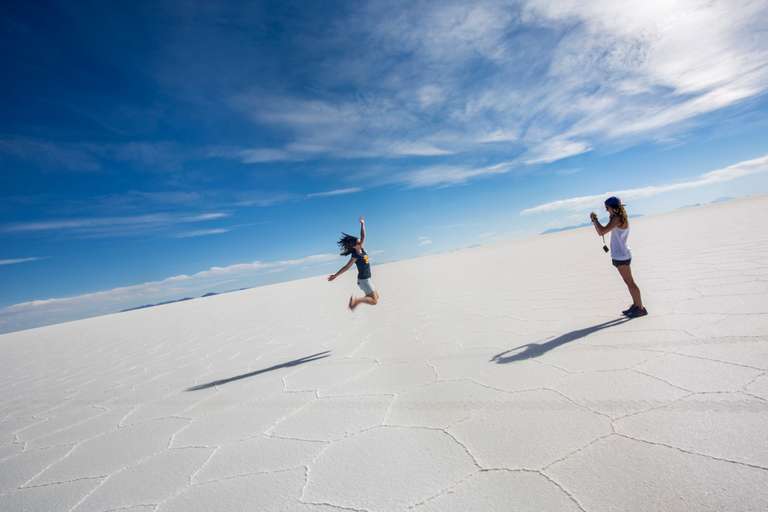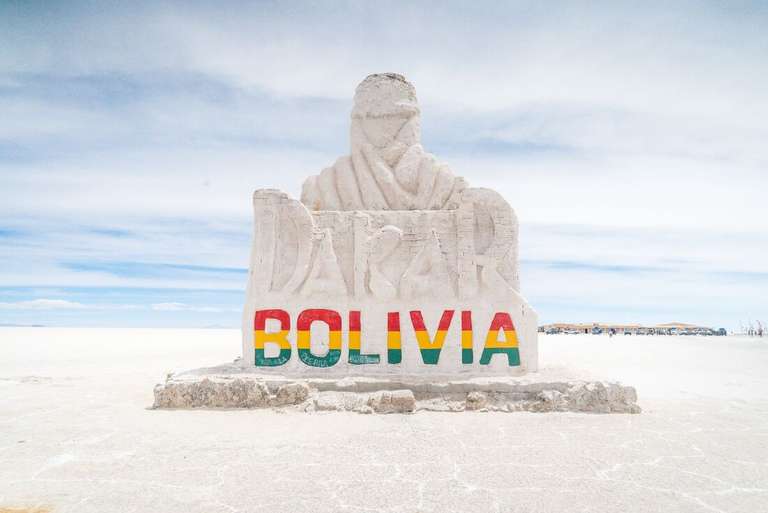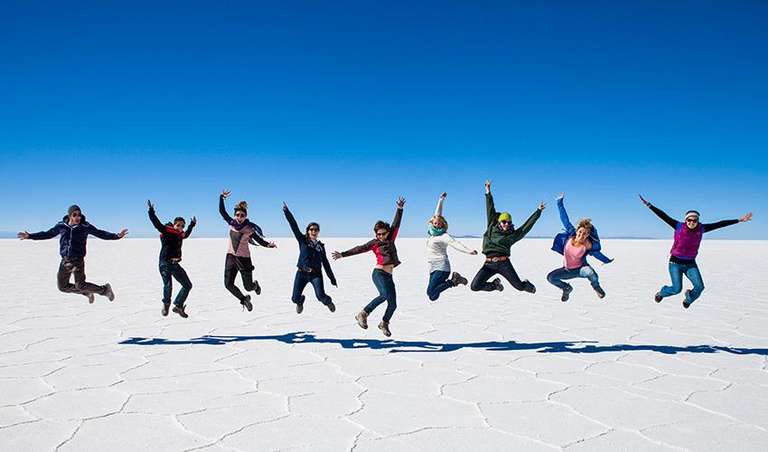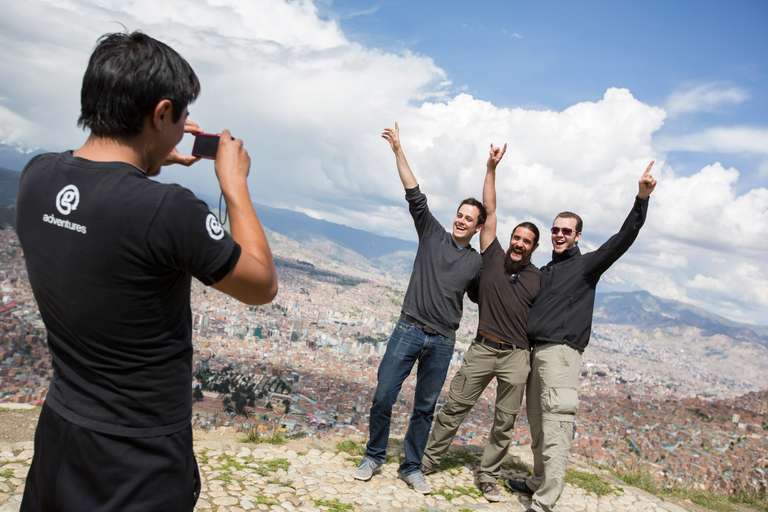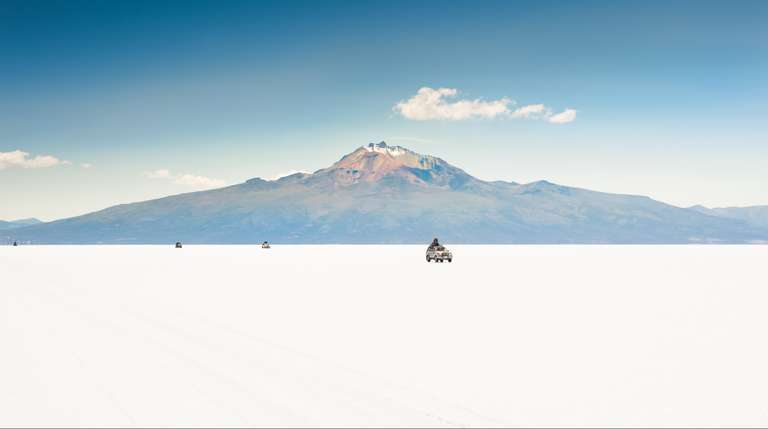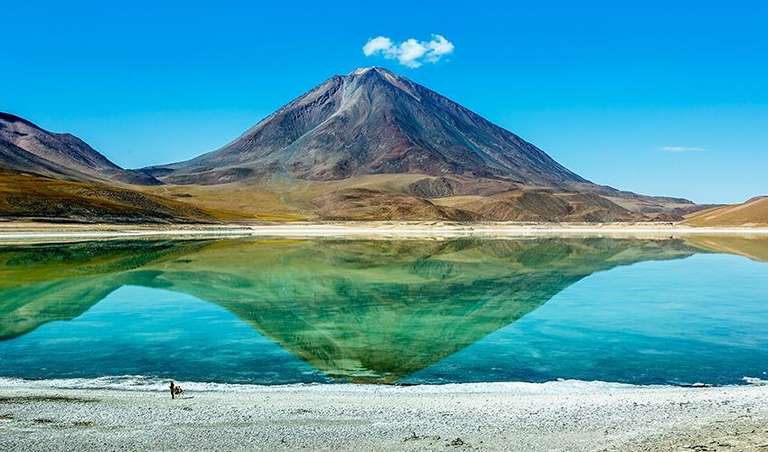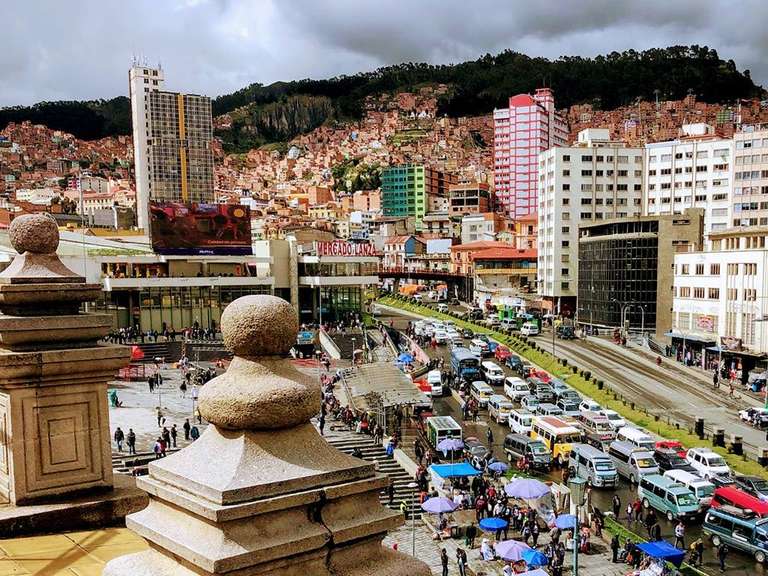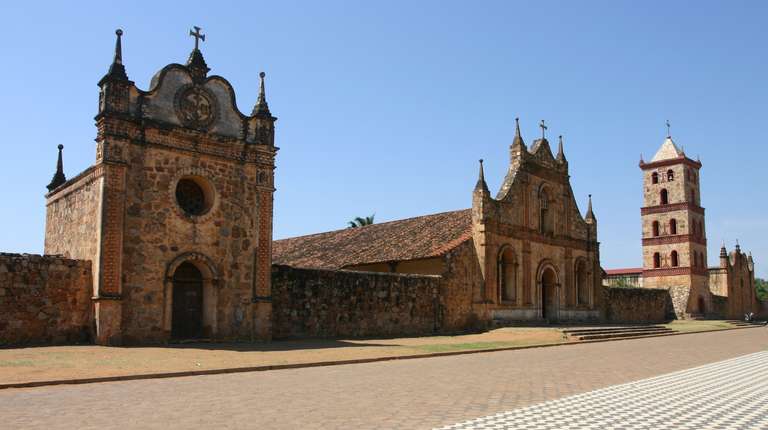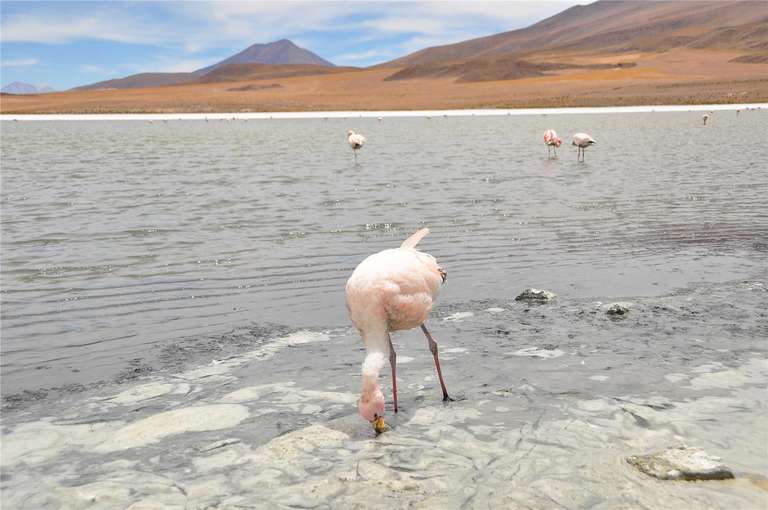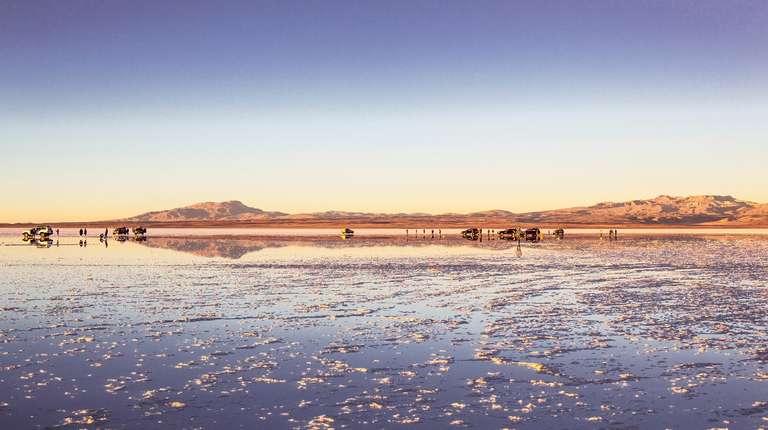Best Time to Visit Bolivia
- Excellent
- Good
- Fair
- Poor
- JanAvg Daily: 13 ° CAvg Nightly: 4 ° C
- FebAvg Daily: 14 ° CAvg Nightly: 3 ° C
- MarAvg Daily: 13 ° CAvg Nightly: 3 ° C
- AprAvg Daily: 14 ° CAvg Nightly: 2 ° C
- MayAvg Daily: 14 ° CAvg Nightly: -1 ° C
- JunAvg Daily: 13 ° CAvg Nightly: -3 ° C
- JulAvg Daily: 13 ° CAvg Nightly: -3 ° C
- AugAvg Daily: 14 ° CAvg Nightly: -2 ° C
- SepAvg Daily: 14 ° CAvg Nightly: 0 ° C
- OctAvg Daily: 15 ° CAvg Nightly: 1 ° C
- NovAvg Daily: 15 ° CAvg Nightly: 3 ° C
- DecAvg Daily: 15 ° CAvg Nightly: 3 ° C
- Excellent
- Good
- Fair
- Poor
- Maire O
- From
- Maire O
- From
- Jacqueline M
- From
- Kimberly G
- From
When is the best time to visit Bolivia: Quick Facts
| High season | May to October |
| Low season | November to April |
| Best season | May to October |
| All seasons | May to October (dry season), November to April (wet season) |
When to visit Bolivia: Seasonal Overview
See here for an overview of both seasons and find out which of them is the best time to travel to Bolivia.
Dry Season in Bolivia — May to October

The dry season is winter in the southern hemisphere and likely the best time of the year to go to Bolivia, especially for outdoor activities like climbing and hiking in the Andean mountains and visiting top-rated attractions like Lake Titicaca. This is also the best time to visit the Salt Flats. Chances of rain are low and the skies are clear, but night temperatures in the mountainous areas can plunge to –15°C. July and August see the maximum tourist rush, since are the best months to visit Bolivia.
| Avg. temperatures (annual) | 14°C (57°F) to -2°C (28°F) |
| Avg. rainfall (annual) | 19 mm |
| Is dry season a good time to go to Bolivia? | Yes. The days are mostly dry and the weather is pleasant. |
Highlights:
- Head to the Cordillera Real in order to trek, mountain bike, or climb rocks.
- Go to the Parque Nacional Madidi, and ride a boat up the Rio Yacuma.
- Attend any of the exciting events happening during these months: The El Senor del Gran Poder, or Feast of Jesus Christ is one of the biggest events in Bolivia. Over 20,000 people fill the streets of La Paz in colorful costumes, and the feasts around the city are mind-blowing!
Tips:
- Don’t just stick to the mountains. Try to make time for the Bolivian Amazon basin and tropical Gran Chiquitania area, amongst others.
- If you’re visiting in July and August, book well in advance to snag the hotels of your choice.
- Temperatures plunge well below freezing point at higher altitudes, so be adequately prepared.
Wet Season in Bolivia — November to April

Summer is wet and humid in the lowlands, and transport in the Amazon becomes difficult. The roads are muddy, and the heat and humidity make it worse. This may not be the best time to visit Bolivia, but Altiplano and other parts of the highlands see less rain compared to the plains. Wildflowers bloom in the mountainside a few months into the rainy season. You can also enjoy the visual spectacle of the flooded salt plains and go kayaking in the swelling rivers.
| Avg. temperatures (annual) | 17°C (63°F) to 1°C (34°F) |
| Avg. rainfall (annual) | 81 mm |
| Is wet season a good time to go to Bolivia? | Not the best, but doable. The weather is hot and humid, and rains make travel challenging. |
Highlights:
- The weather in Altiplano, in the Andes, is rather pleasant. This is the case for a trip to Uyuni as well. You might have to take a longer route to avoid any road problems, but you will be able to get beautiful images of the Bolivian Salt Flats covered in water.
- The Carnival, one of Bolivia’s biggest celebrations, occurs in February in Santa Cruz and Oruro. Enjoy colorful parades, folk dances, live music - and a continuous 20-hour party that you will never want to leave!
Tips:
- Be careful while trekking because the trails are slippery.
- Protect yourself against diseases like malaria in the Amazon.
- The weather can get oppressively hot and humid, so stay hydrated.
Bolivia is home to Amazon forests, the world’s largest salt flats, and impressive mountains. Winter is the best time to visit La Paz, a bustling city with colonial-era architecture. How many days to spend in Bolivia will depend on your bucket list of destinations and activities. Our expert local guides will help you prepare a customized tour of Bolivia. Read our Bolivia travel guide for detailed itineraries about this exciting destination.


